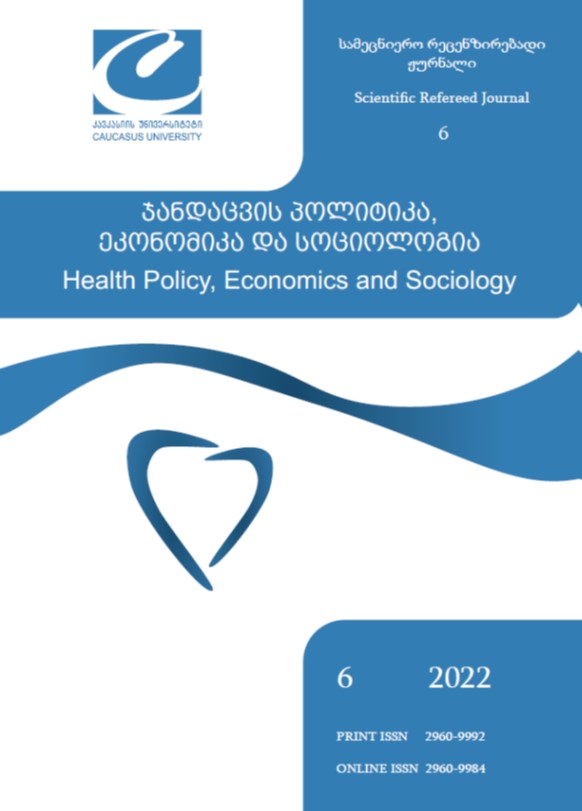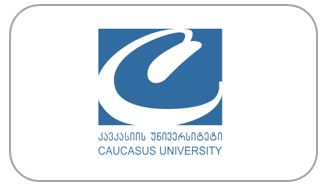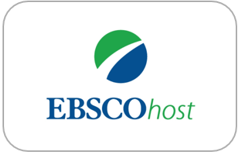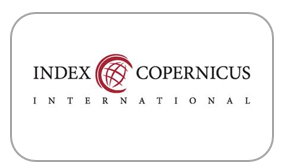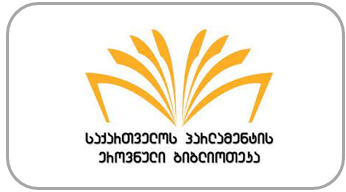მედიკამენტებზე ფასების რეგულირების პოლიტიკა: რეკომენდაციები საქართველოსათვის
საკვანძო სიტყვები:
ფარმაციის პოლიტიკა, ფარმაცევტული ფასები, ფარმაცევტული შესყიდვები, ფარმაცევტული ხარჯები, გარე რეფერენტული ფასიანოტაცია
ფარმაცევტული ხარჯები გლობალურად დღითიდღე იზრდება. ბევრ მაღალშემოსავლიან ქვეყანას შემუშავებული აქვს ფასების კორექციის და შესყიდვის სტრატეგიები ხარჯების ტვირთის შესამსუბუქებლად, თუმცა, დაბალი და საშუალო შემოსავლის მქონე ქვეყნებში ფარმაცევტული ბაზრები ნაკლებად რეგულირებადია და შესაბამისად, მედიკამენტებზე ფასები ნაკლებად ხელმისაწვდომია. მაღალშემოსავლიან ქვეყნებში მედიკამენტების ხარჯების უმეტესი ნაწილის დაფარვა სახელმწიფოს ან სადაზღვეო კომპანიების მიერ ხდება. მეორეს მხრივ, დაბალი და საშუალო შემოსავლის მქონე ქვეყნებში ფარმაცევტული დანახარჯების უმეტესი ნაწილი მოსახლეობის ჯიბიდან გადახდით იფარება. მედიკამენტების ფასისა და შესყიდვის პოლიტიკის მრავალი ვარიანტი მუშაობს, მაგრამ მათ ასევე აქვთ თანმხლები რისკები. მიზანშეწონილია კომბინირევული მეთოდის შერჩევა ქვეყნის სპეციფიკური კონტექსტიდან გამომდინარე. სასურველია, რომ წარმატებული ფარმაცევტული პოლიტიკა და ფასების მექანიზმები იყოს ადგილობრივად მორგებული, გამჭვირვალე, სტაბილური და პროგნოზირებადი. სამართლებრივი სისტემის გაძლიერება არის აუცილებელი ფასების და შესყიდვების პოლიტიკის შემუშავებისთვის. ეს უნდა მოიცავდეს ფარმაცევტული სექტორის რეგულირებას, კონკურენციის და ანტიკორუფციულ კანონს, რათა შეიქმნას თანაბარი პირობები ჯანსაღი და კონკურენტუნარიანი ბაზრის უზრუნველსაყოფად. ჯანსაღი კონკურენციის გზით ფასების რეგულირება აშკარა უპირატესობას შეიცავს ფასების პირდაპირ რეგულირებასთან შედარებით. ასევე სასურველია გამჭვირვალე ჯანდაცვის საინფორმაციო სისტემების შემუშავება და ფართოდ გამოყენება დაბალი და საშუალო შემოსავლის მქონე ქვეყნებში, ფარმაცევტულ მედიკამენტთა ფასების და შესყიდვის პოლიტიკის განხორციელების, მონიტორინგისა და შეფასების გასაადვილებლად.
ჩამოტვირთვები
გამოქვეყნებული
როგორ უნდა ციტირება
გამოცემა
სექცია
ლიცენზია
საავტორო უფლებები (c) 2023 ჯანდაცვის პოლიტიკა, ეკონომიკა და სოციოლოგია

ეს ნამუშევარი ლიცენზირებულია Creative Commons Attribution-ShareAlike 4.0 საერთაშორისო ლიცენზიით .
